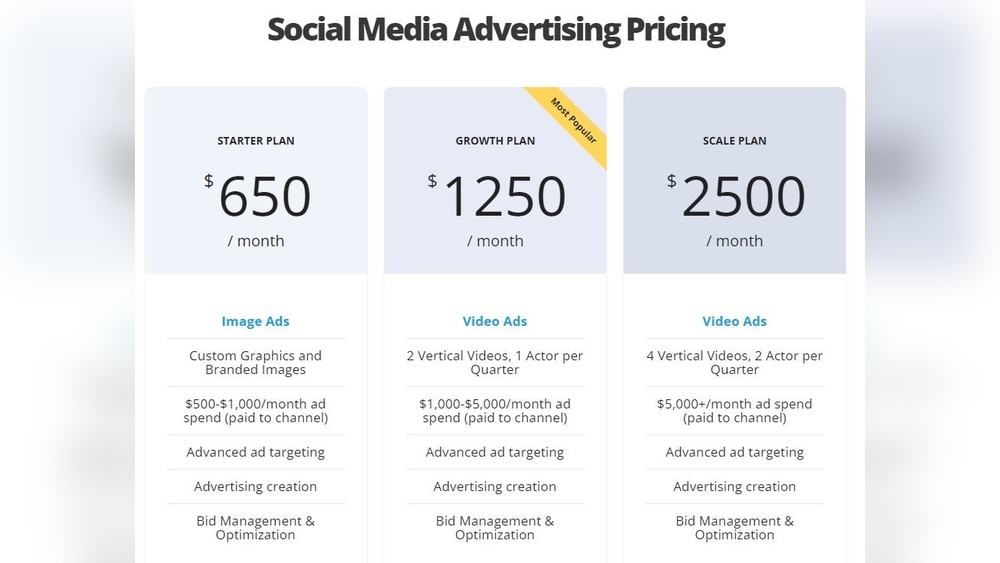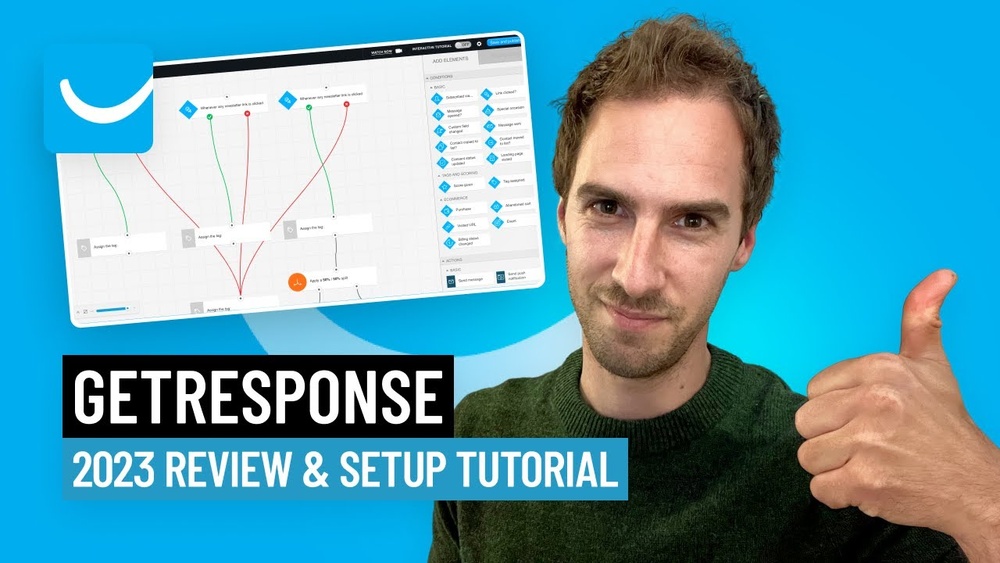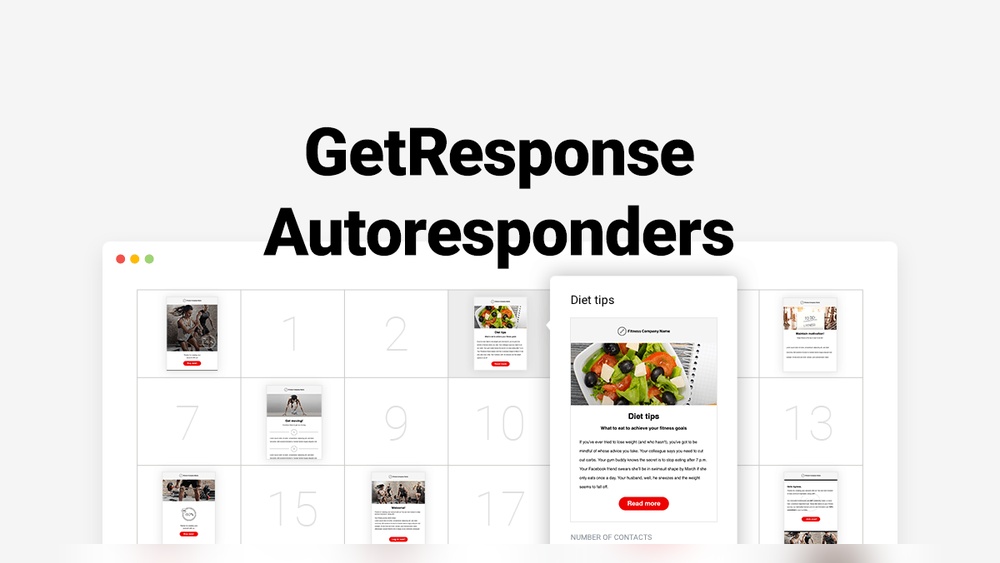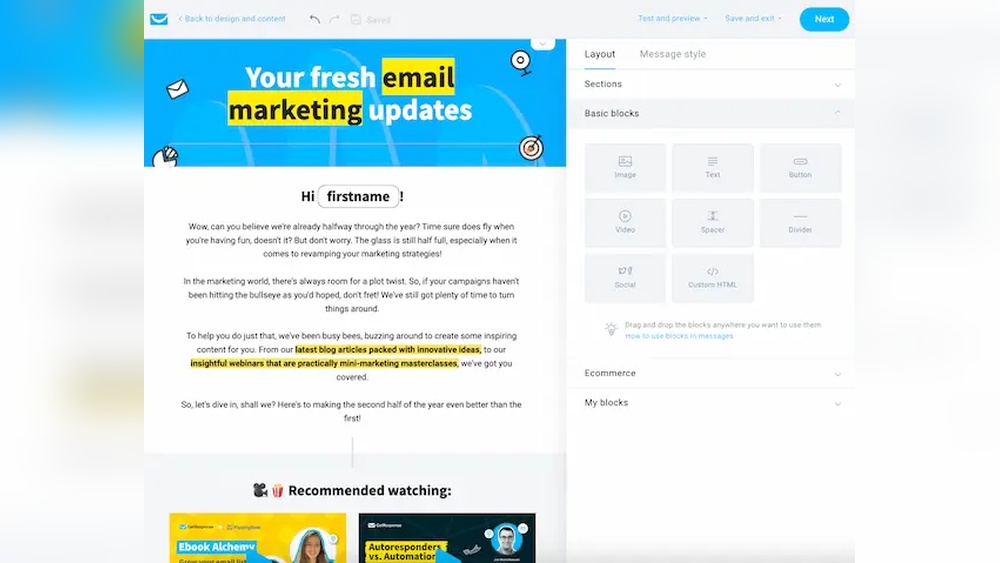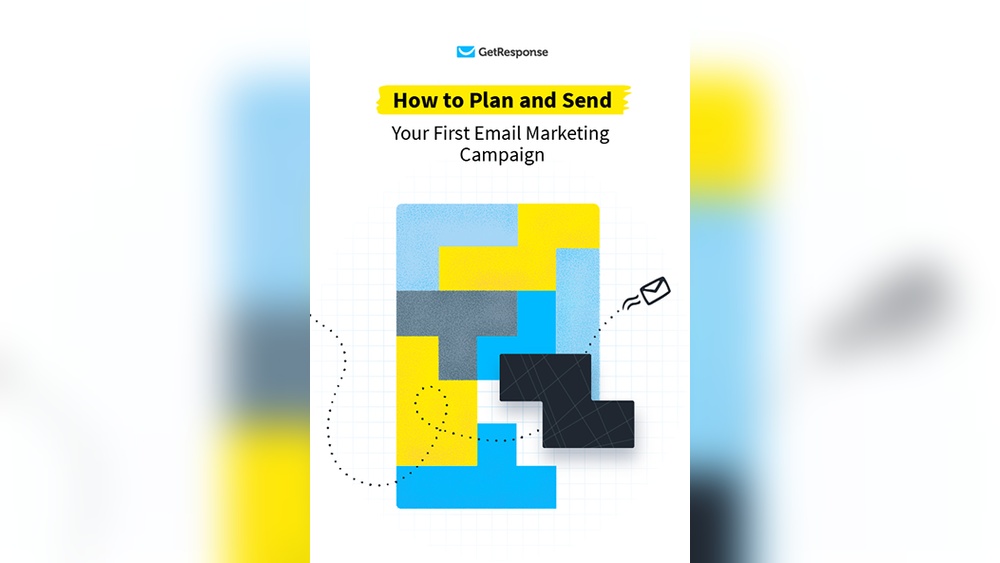Trying to figure out how much digital marketing should cost can feel confusing and overwhelming. You want to invest wisely, but pricing varies a lot depending on what you need and who you work with.
This guide is here to clear up the mystery. You’ll discover the common pricing models, how agencies calculate their fees, and what factors directly affect the cost. By understanding these key points, you’ll be able to choose the right pricing option that fits your goals and budget.
Keep reading to take control of your digital marketing spend and get the best value for your investment.
Pricing Models
Choosing the right pricing model is key for digital marketing services. It affects client relationships and business growth. Different models fit different needs and project types. Understanding these options helps set clear expectations and fair prices.
Hourly Rate
This model bills clients for every hour worked. It suits short-term tasks or projects needing flexibility. Clients pay only for actual time spent. Agencies track hours carefully to ensure accuracy.
Project-based Pricing
A fixed fee covers a clearly defined project. It works well when scope and deadlines are clear. Clients know the total cost upfront. Agencies avoid surprises and manage budgets effectively.
Retainer Fee
Clients pay a consistent monthly fee for ongoing services. This model supports long-term partnerships and steady work. Agencies ensure availability and continuous support. It provides predictable income for the business.
Performance-based Pricing
Fees depend on specific results like leads or sales. Clients pay based on measurable outcomes. This model suits businesses focused on return on investment. Agencies take on more risk but can earn more.
Value-based Pricing
Pricing is based on the value delivered, not hours worked. Agencies charge according to the client’s benefit and success. This fits experienced agencies with strong results. It reflects the true impact of marketing efforts.
Package Pricing
Services are bundled into set packages for a flat rate. Clients choose from predefined options that meet common needs. This simplifies buying decisions and pricing clarity. Agencies streamline service delivery with clear packages.

Credit: www.gigde.com
Cost Calculation
Calculating the cost of digital marketing services requires a clear understanding of all expenses involved. It helps to set fair prices that cover costs and provide profit. The process involves analyzing overhead, labor expenses, and choosing a markup strategy. A solid pricing formula ensures transparency and consistency in your pricing approach.
Overhead And Labor Costs
Overhead costs include rent, utilities, software subscriptions, and office supplies. These expenses support your business but do not link directly to client work. Labor costs are payments to employees or freelancers for their time and skills. Both overhead and labor must be added to calculate total costs accurately.
Markup Strategies
Markup is the percentage added to your cost to cover profit. Some agencies use a fixed markup, like 20% or 30%, on all costs. Others vary the markup based on project type or client budget. Choosing the right markup ensures your business remains profitable and competitive.
Pricing Formula
A simple pricing formula is:
Price = (Labor Cost + Overhead) × (1 + Markup Percentage)
This formula helps to cover all expenses and secure profit. Adjust markup based on market rates and service value. Use this method to quote clients accurately and confidently.
Factors Affecting Prices
Several factors influence the cost of digital marketing services. Understanding these elements helps businesses budget wisely and choose the right provider. Prices can vary greatly based on what you need and who you hire.
Each factor plays a role in shaping the final price. Knowing these details gives clearer expectations and better control over your marketing spend.
Expertise And Reputation
Experts with strong reputations usually charge more. Experience and proven success justify higher rates. Agencies with a good track record often deliver better results. Newer or less known providers may offer lower prices but less certainty.
Client Goals
The goals you set affect pricing. Simple goals require less work and cost less. Complex goals demand more time and resources, increasing costs. Clear, specific goals help in estimating accurate pricing.
Market Demand
High demand for digital marketing raises prices. Popular services or busy seasons often mean higher fees. Less demand can lead to discounts or flexible pricing. Local market conditions also influence costs.
Scope Of Work
The size and complexity of your project matter. Larger projects with many tasks cost more. Small projects or one-time campaigns usually cost less. Detailed scopes help agencies provide precise quotes.
Service Type
Different services come at different price points. SEO, social media, PPC, and content marketing all vary in cost. Some services require ongoing work, while others are one-time efforts. Choosing the right service affects your budget.
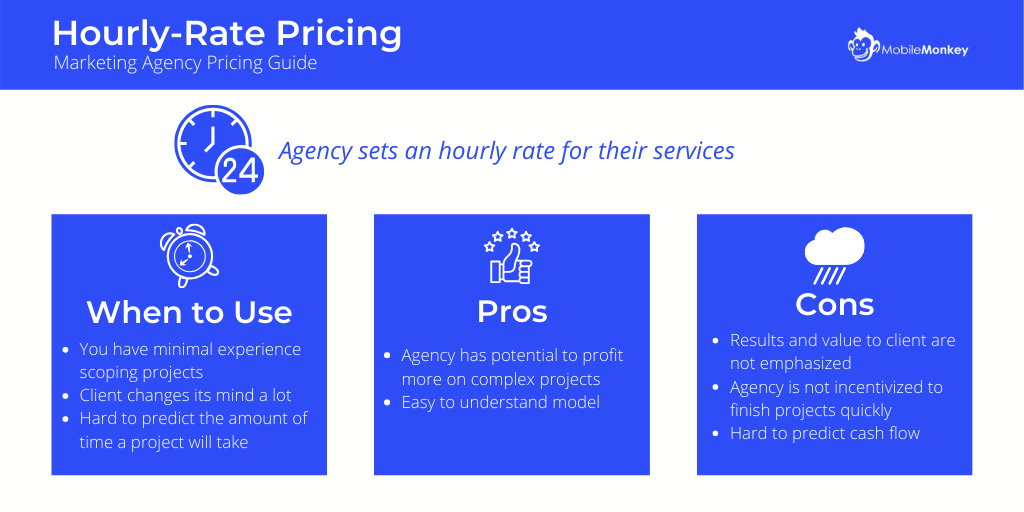
Credit: customers.ai
Service-specific Pricing
Service-specific pricing breaks down costs by each digital marketing method. This helps businesses choose the right service for their budget and goals.
Each marketing channel has unique pricing factors. Understanding these helps set realistic expectations and plan your investment wisely.
Seo Pricing
SEO pricing varies based on the project’s size and goals. Small businesses may pay $500 to $2,000 monthly for local SEO. Larger companies often spend $3,000 to $10,000+ per month on national or international SEO.
Pricing depends on keyword competitiveness, content creation, and technical optimization needs. Some agencies offer project-based SEO for specific tasks like audits or link building.
Ppc Pricing
PPC pricing includes ad spend and management fees. Ad spend is the budget paid directly to platforms like Google Ads.
Management fees usually run 10% to 20% of the ad spend. Smaller budgets might have a minimum monthly fee, often $300 to $500.
Costs depend on industry competition and target keywords. High-competition markets require higher bids, increasing total costs.
Video Marketing Pricing
Video marketing prices vary widely based on video type and quality. Simple explainer videos may cost $1,000 to $5,000 each.
More complex videos with scripting, actors, and animation can exceed $10,000. Ongoing video marketing services might include monthly content production fees.
Editing, voiceovers, and distribution add to the final cost.
Social Media Marketing Pricing
Social media marketing pricing depends on the number of platforms and content volume. Basic packages may start at $400 to $1,000 monthly.
More extensive services include paid ads, community management, and analytics reporting. These can cost $2,000 or more per month.
Costs also depend on post frequency and campaign complexity.
Budgeting Tips
Budgeting is a key part of any digital marketing plan. Setting the right budget ensures your marketing efforts meet your business goals. It also helps avoid overspending and keeps campaigns on track. Careful budgeting gives you control over your marketing spend and expected results.
These budgeting tips will help you plan your digital marketing costs better. They guide you on matching your budget with goals, staying flexible, and clear communication with clients.
Aligning Budget With Goals
Start by defining what you want to achieve. Your budget must support those goals directly. For example, a brand awareness campaign may need more budget for ads. A lead generation campaign may focus on content and email marketing.
Prioritize your spending on channels that drive results for your goals. Avoid wasting money on unrelated tactics. Clear goals help create a focused budget that maximizes your return.
Flexible Budgeting Approaches
Marketing needs can change during a campaign. Flexible budgeting lets you adjust spend based on performance. Set aside some funds to test new ideas or boost top-performing ads.
Review your budget regularly. Shift money between channels to get better results. Flexibility helps you respond to market changes and client needs without breaking the bank.
Communicating Budget With Clients
Be clear about what your budget covers and what it does not. Explain how funds will be used to meet their goals. Transparency builds trust and helps avoid surprises.
Discuss budget limits early. Agree on priorities and expected outcomes. Regular updates on spending and results keep clients informed and confident.

Credit: colorwhistle.com
Industry Trends
Understanding industry trends is essential for setting the right digital marketing prices. Trends show how pricing models shift and what clients expect. Staying updated helps businesses stay competitive and profitable.
Trends also reveal how market demands and technology affect pricing. This knowledge guides agencies and freelancers in choosing the best pricing strategies.
Evolving Pricing Models
Pricing models have moved beyond simple hourly rates. Many now use performance-based or value-based pricing. These models focus on results and client value rather than time spent. Subscription and package pricing also grow popular for steady income. Agencies mix models to fit different client needs.
Competitive Pricing Analysis
Checking competitor prices helps businesses set fair and attractive fees. Analysis involves comparing services, quality, and client reviews. This prevents underpricing or overpricing. It also highlights gaps in the market. Competitors’ pricing can guide adjustments to improve offers.
Adapting To Market Changes
Digital marketing prices must change with the market. New tools and trends affect costs and value. Economic factors impact client budgets and spending habits. Agencies must stay flexible and update pricing regularly. Adaptation ensures prices reflect current demand and service quality.
Pricing Strategy Success
Pricing strategy success plays a crucial role in digital marketing. Setting the right price affects client trust and business growth. A clear, fair pricing approach attracts clients and keeps projects profitable. Understanding real costs and market rates helps create effective strategies. Smart pricing balances value offered and expenses incurred. This section explores examples, challenges, and proven methods to improve pricing success.
Case Studies
Studying real-world examples reveals what works best. One agency used tiered packages to serve different client needs. This approach increased client satisfaction and boosted revenue. Another firm switched to performance-based pricing, aligning fees with results. They saw higher client retention and motivation to deliver quality. Case studies show flexibility and client focus lead to success. Each business finds unique pricing that fits its style and goals.
Common Challenges
Many face difficulties setting and adjusting prices. Clients often want low costs but high service quality. Estimating time and resources for projects can be hard. Market competition may push prices down, risking profits. Some struggle to explain price value clearly to clients. Pricing changes can cause confusion or mistrust. Overcoming these challenges requires clarity, communication, and careful planning.
Best Practices
Start by calculating all costs accurately, including hidden expenses. Choose a pricing model that suits your services and clients. Be transparent about what clients get for the price. Use simple language to explain pricing and avoid jargon. Regularly review prices to keep up with market changes. Offer flexible options like packages or retainers for different needs. Always focus on delivering value that matches the price charged.
Frequently Asked Questions
How To Price Digital Marketing?
Price digital marketing by selecting a model (hourly, project, retainer, performance, or value-based). Calculate all costs, add markup, and adjust for expertise, client goals, market demand, and service scope. This ensures competitive, profitable, and tailored pricing for your digital marketing services.
What Are The 5 C’s Of Pricing?
The 5 C’s of pricing are Cost, Customers, Competition, Channel, and Compatibility. They guide effective pricing strategies.
What Is The 70 20 10 Rule For Marketing Budget?
The 70 20 10 rule for marketing budget allocates 70% to core marketing, 20% to new channels, and 10% to experimental efforts. This balances proven strategies with innovation.
How Much Should Digital Marketing Cost?
Digital marketing costs vary from $500 to $5,000+ monthly, depending on services, expertise, scope, and goals. Pricing models include hourly, project-based, retainer, performance, or value-based. Calculate costs, add markup, and adjust for market demand and client objectives to set your price accurately.
Conclusion
Pricing digital marketing services depends on clear choices. Pick a pricing model that fits your work style. Always calculate all costs before setting your price. Adjust rates based on your skill and client goals. Keep an eye on what competitors charge nearby.
Transparent pricing helps build trust with your clients. Simple, fair pricing leads to long-lasting partnerships. This guide should help you set smart, clear prices.

